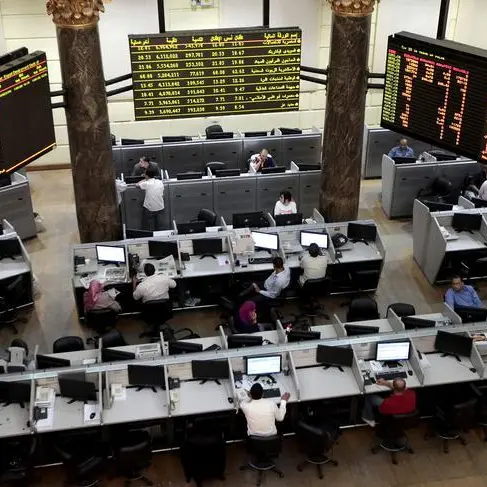PHOTO
LONDON- Oil prices slipped on Thursday as another rise in U.S. inventories and production outweighed the prospect of OPEC sticking to its output curbs for the rest of the year.
Brent crude, the international benchmark, touched $71 a barrel on Tuesday, near its high for the year, but has dipped since then.
June Brent crude futures were down 35 cents at $68.41 by 1310 GMT, while the May contract expiring on Thursday was down 25 cents at $69.28.
WTI crude futures fell 11 cents to $64.27.
Oil has risen by about 4 percent since January, on track for its third consecutive quarter of price increases and the longest stretch of quarterly gains since late 2010.
"Right now, oil looks fragile," said Petromatrix strategist Olivier Jakob.
"The price action last week was pretty clear. The objective on that move was to take out the highs of 2018, but that has not been done and the price action of the last three days has not been very convincing,"
OPEC, Russia and some other non-OPEC producers started cutting output in January 2017, which has since lifted the price of Brent by about a quarter.
Sources at OPEC said the group and its allies were likely to keep their deal on cutting output for the rest of 2018 when they meet in June.
But rising inventories and production in the United States have capped gains in crude prices. Commercial U.S. stocks rose by 1.6 million barrels in the past week to 429.95 million barrels, while output hit a record 10.43 million barrels per day (bpd), the Energy Information Administration (EIA) said.
Inventories tend to build over the first quarter of the year as refineries shut down for maintenance. U.S. crude stocks have risen by 5.5 million barrels, marking the smallest increase in the first three months of the year since 2003.
"This is the third consecutive week of stock build at the WTI delivery hub, and as a result we continue to see the Brent-WTI spread widen," ING said in a note.
The premium of Brent over WTI has grown to nearly $5 a barrel, the highest since January, up from about $2.70 a month ago and making Brent-linked crudes less attractive to refiners than U.S. oil.
This week marked the launch of the Shanghai crude oil futures contract ISCc1 , which has lost about 10 percent since it first opened on Monday.
($1 = 6.2856 Chinese yuan renminbi)
(Additional reporting by Henning Gloystein in SINGAPORE and Alex Lawler in LONDON; Editing by David Goodman) ((amanda.cooper@thomsonreuters.com; +442075423424; Reuters Messaging: amanda.cooper.thomsonreuters.com@reuters.net; Twitter: https://twitter.com/a_coops1))












